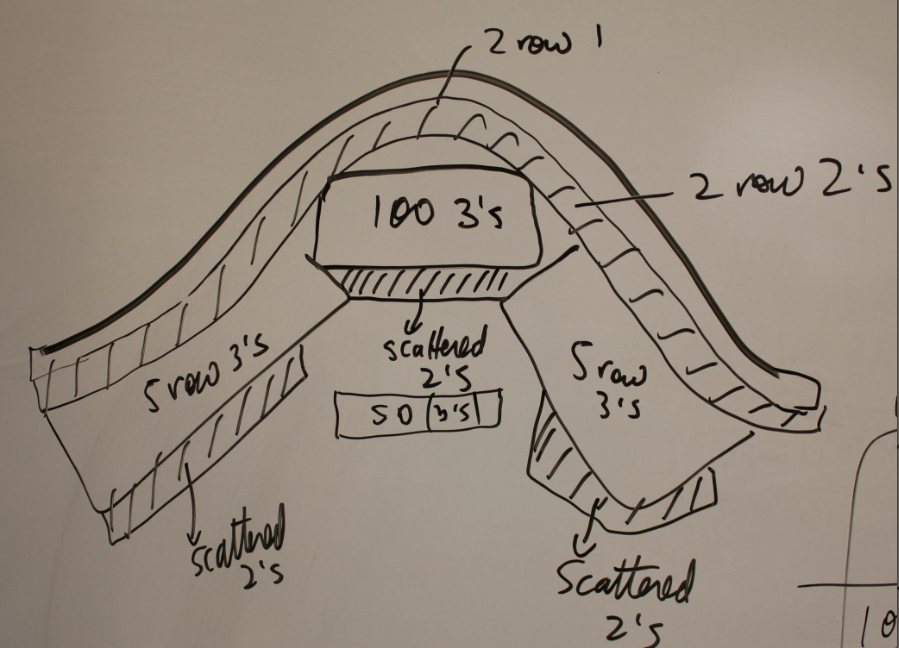Poor growth after hair transplants: Why?
Poor growth after hair transplants:
By 8 months, a hair transplant patient should have a fairly good idea of the growth. While it's true that it can take longer (.... even up to 18 months), the vast vast majority of patients experience some nice growth by 8 months. There is no harm in waiting a bit longer - but improvement is (statistically speaking) quickly unlikely.
Fortunately, poor hair growth following hair transplantation is not something that happens all that often. But when it occurs the surgeon will need to explore many, many possibilities, including patient factors, physician factors and scalp factors. All in all, anyone with poor growth needs to sit down with their physician to review things in detail.
PATIENT FACTORS
There are a few patient factors to consider - and many are centred around post op care of the grafts. The other patient factor that is important is smoking. Occasionally, smokers have poor growth for reasons that are not completely understood. Other factors one might think about under patient factors are medications that impair hair growth or cause excessive bleeding. There are a few other factors as well that a surgeon will review with a patient with poor growth.
PHYSICIAN FACTORS
Physician factors also include the physician and his or her hair transplant team. These factors include overly tight packing of the grafts (too tight, too packed can lead to poor growth) improper depth of grafts, rough handling of grafts by technicians, harvesting of grafts, temperature of grafts and poor hydration of the grafts. All these things are important. Sometimes the density is too high to begin with in certain areas. But these are the things to think about in the "Physician Factors"
SCALP FACTORS
This is also an important categories. Some scalps (because of excessive sun damage or other factors) may take up grafts less efficiently and this leads to poor growth. Some scalps bleed more than others are this can rarely impact growth due to post operative "popping" of grafts. Infection post surgery can impair growth as well. And finally some patients have scalp diseases that are either present before the surgery (but could not be detected) or some patients develop new scalp diseases after the surgery that impairs the growth of the grafts. This is rare. For example some individuals rarely develop alopecia areata or rarely develop scarring hair loss problems after their hair transplant. These scalp issues can impair growth partially or completely. A scalp biopsy is sometimes needed to diagnose these problems.
CONCLUSION
As you can see there are many, many possible reasons and only with a careful evaluation and a bit of "detective work" can a few possibilities be uncovered. That said, sometimes hair transplants don't generate the results that were expected and the next time they do. Any surgeon will tell you in a busy practice, there are occasionally patient's the have less than expected growth. Hair transplant is a fascinating science - but not an exact science. Far from it.
This article was written by Dr. Jeff Donovan, a Canadian and US board certified dermatologist specializing exclusively in hair loss.







